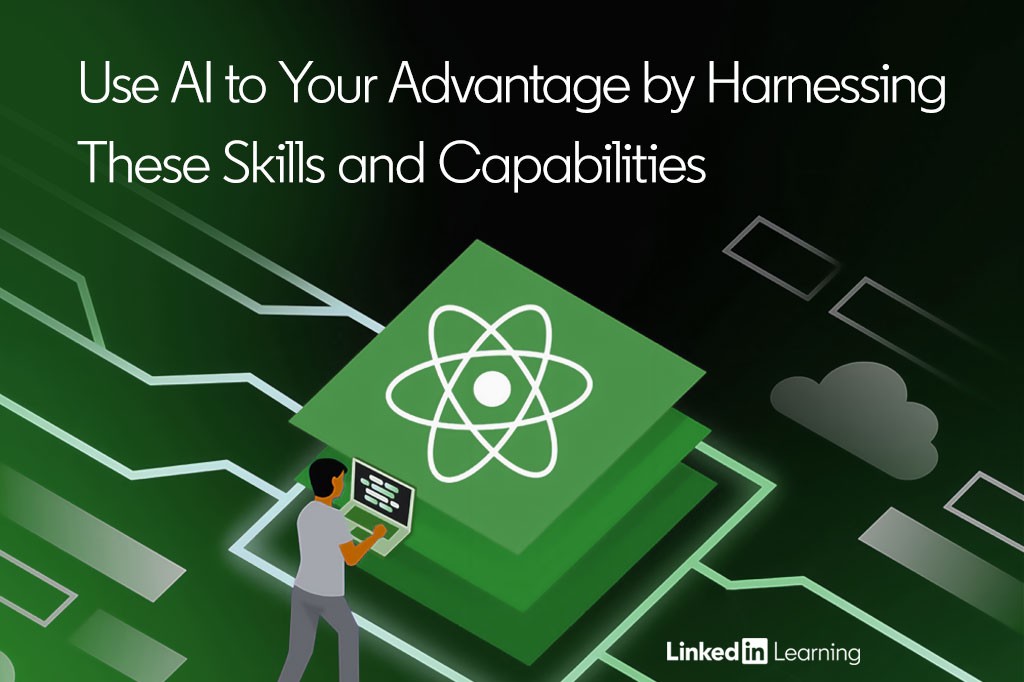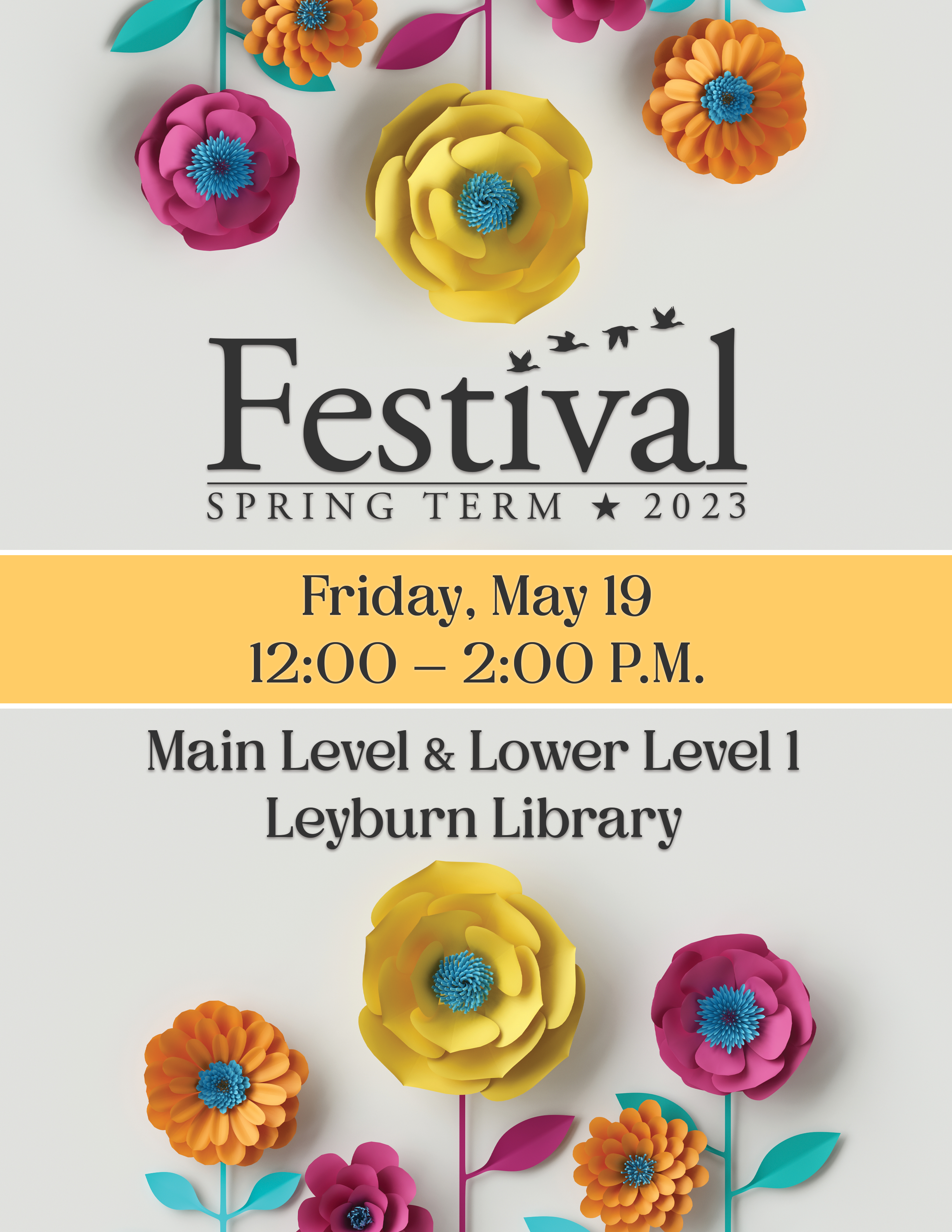No, you didn’t hear it first, but it’s worth re-stating anyway: AI is transforming the way we work, learn, and live.
In order to thrive in this rapidly-evolving landscape, it is imperative to develop an understanding of AI and the multitude of skills and capabilities it brings to the table.
That’s where LinkedIn Learning comes in. Free for all current W&L students, faculty, and staff members, the following LinkedIn Learning courses cover everything from fundamental concepts to advanced topics, allowing learners to develop the skills and knowledge needed to harness AI’s full potential.

Generative AI
- What is Generative AI
- Generative AI for Business Leaders
- Introduction to Prompt Engineering for Generative AI
- Introduction to Conversational AI
Responsible AI
- Responsible AI: Principles and Practical Applications
- AI Accountability Essential Training
- Introduction to Responsible AI Algorithm Design
- Foundations of Responsible AI
Applied AI
- Becoming an AI-First Product Leader
- Artificial Intelligence for Business Leaders
- Artificial Intelligence: How Project Managers Can Leverage AI
- Artificial Intelligence for Cybersecurity
AI and Machine Learning (ML) Foundations
- Machine Learning with Python: Foundations
- Machine Learning with Python: k-Means Clustering
- Security Risks in AI and Machine Learning: Categorizing Attacks and Failure Modes
- Learning No-Code AI
Advanced AI
- Advanced AI: Transformers for NLP using Large Language Models
- Self-Supervised Machine Learning
- Transformers: Text Classification for NLP Using BERT
- Hands-On Natural Language Processing
Take advantage of LinkedIn Learning’s offerings to stay ahead of the curve! LinkedIn Learning offers more than 16,000 on-demand courses in business, techology, and creative skills. New content is added weekly!
Have questions or need help with LinkedIn Learning? Contact the ITS Information Desk at 540.458.4357 (HELP), email help@wlu.edu, or stop by the Main Level of Leyburn Library.








